Tokyo hits you like a friendly avalanche of neon lights, vending machines, and the most polite crowds you’ll ever encounter. This sprawling metropolis manages to be both utterly foreign and surprisingly welcoming — where ancient temples sit comfortably next to manga cafés and robots serve your coffee.
The city operates on its own fascinating rhythm, though once you tune into it, you’ll wonder why every place can’t run this smoothly. Getting around Tokyo doesn’t have to feel like solving a puzzle in a foreign language.
Here are 16 essential tips that’ll help you navigate Japan’s capital like you actually know what you’re doing.
Get a JR Pass Before You Arrive
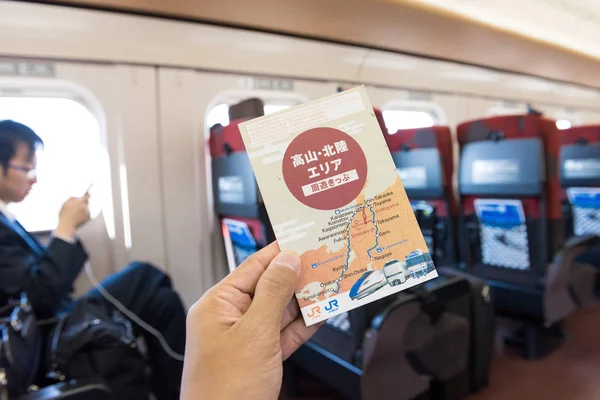
The Japan Rail Pass is your golden ticket to unlimited travel on most JR trains — including the famous shinkansen bullet trains. You can only buy this pass outside of Japan, so don’t wait until you land at Narita.
Think of it as buying concert tickets: you want to secure yours before the show starts, not when you’re standing at the venue. A 7-day pass costs around $280, yet it pays for itself with just one round trip to Kyoto.
Master the Train Etiquette
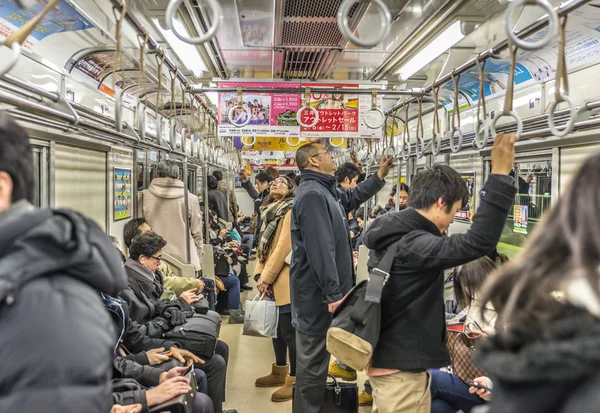
Tokyo’s trains run like clockwork, though there’s an unspoken code that keeps everything flowing smoothly. Never eat smelly food on the train, keep your phone on silent, and offer priority seats to elderly passengers or pregnant women.
The morning rush hour from 7-9 AM feels like being packed into a sardine can — but everyone maintains perfect politeness even when pressed together. When you see people lined up on the platform, they’re waiting for specific train cars, so join the queue rather than clustering around the doors.
Like Travel Pug’s content? Follow us on MSN.
Download Google Translate With Camera Function

This app becomes your superhero sidekick when navigating menus, signs, and train stations. The camera translation feature works like magic — just point your phone at Japanese text and watch it transform into English right on your screen.
Restaurant menus become decipherable, street signs make sense, plus you can even translate those mysterious buttons on high-tech toilets. Keep your phone charged because you’ll be using this feature constantly, especially in neighborhoods where English signage is scarce.
Carry Cash Everywhere
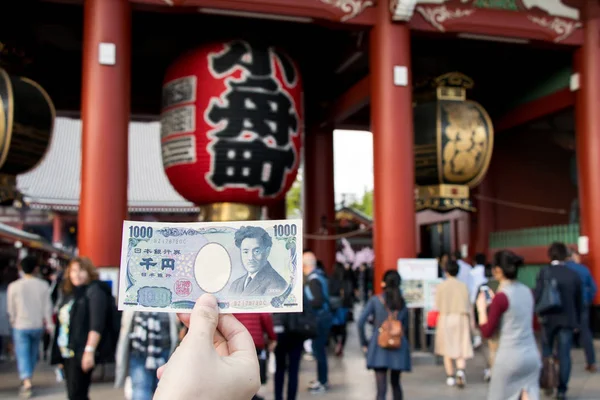
Japan still loves cash more than your grandmother loves her coin purse. Many restaurants, shops, and even some hotels only accept yen, so hit up an ATM regularly. 7-Eleven and post offices have ATMs that accept foreign cards, and they’re everywhere in Tokyo. Carry at least 10,000 yen ($75) with you at all times.
This covers meals, train fares, and small purchases. Don’t worry about safety, though; Tokyo has incredibly low crime rates, so carrying cash feels as normal as carrying your house keys.
Learn Basic Convenience Store Navigation
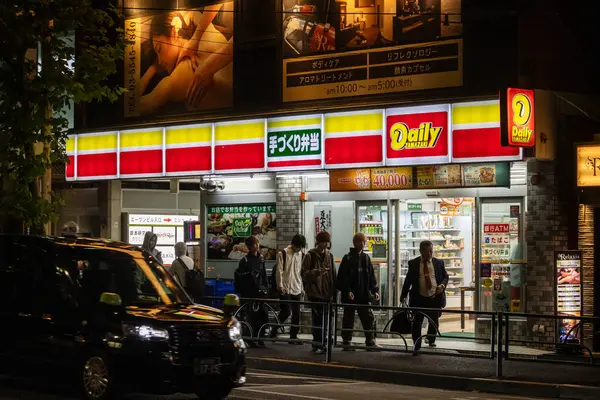
Japanese convenience stores, or ‘konbini’, are like tiny department stores that happen to serve the best fried chicken you’ve ever tasted. FamilyMart, 7-Eleven, and Lawson are your new best friends for everything from hot meals to phone chargers to concert tickets.
The hot food section serves restaurant-quality meals for under $5 — while the onigiri (rice triangles) make perfect quick snacks. These stores stay open 24/7 and have clean bathrooms, so remember their locations because they’ll save you multiple times during your trip.
Like Travel Pug’s content? Follow us on MSN.
Book Restaurant Reservations in Advance
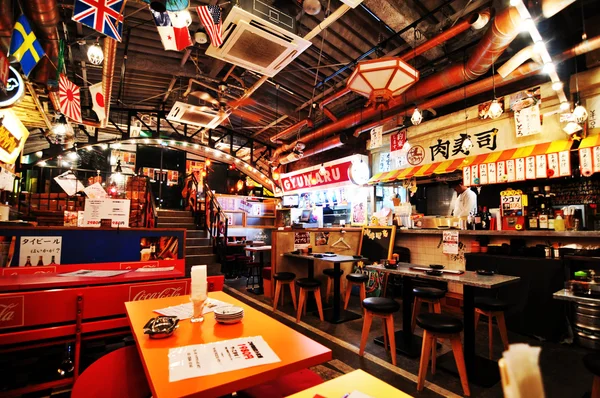
Tokyo’s best restaurants often have only eight seats and no English-speaking staff, which makes them both amazing and impossible to get into without planning. Popular spots fill up weeks in advance, particularly for dinner service. Ask your hotel concierge to make reservations, or use OpenTable Japan for English-friendly options.
Even casual ramen shops sometimes have hour-long waits during peak times — think of restaurant planning like booking Broadway shows where the good stuff requires advance tickets.
Understand Tipping Culture
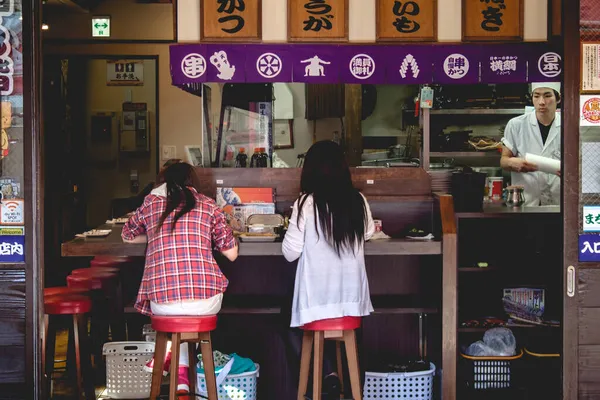
Tipping in Japan isn’t just unnecessary; it can actually offend people. Excellent service is expected and included in the price — so keep your wallet closed when the check arrives. If you try to tip, servers might chase you down the street thinking you forgot your change.
This applies everywhere: restaurants, taxis, hotels, and tour guides. The concept feels strange at first, especially coming from tip-heavy cultures, yet you’ll quickly appreciate the simplicity of paying exactly what’s on the bill.
Navigate Shibuya Crossing Strategically
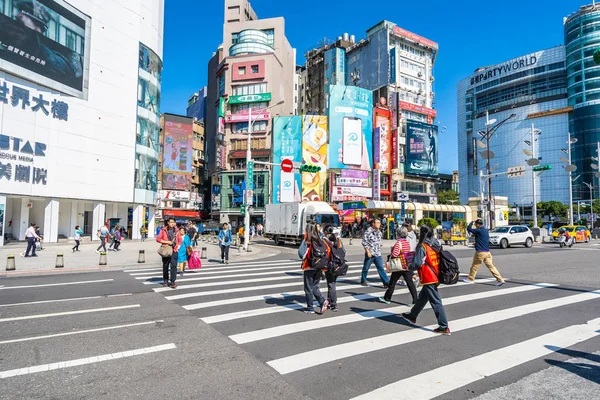
The world’s busiest pedestrian crossing looks like organized chaos — but there’s actually a method to the madness. Wait for the scramble signal when all traffic stops and pedestrians can cross in any direction, including diagonally.
Don’t stop in the middle to take selfies; you’ll become a human traffic cone in a river of commuters. The best viewing spots are the second floor of Starbucks overlooking the crossing or the observation deck in Shibuya Sky, though crossing during off-peak hours works better if you want photos without playing bumper cars with salarymen.
Like Travel Pug’s content? Follow us on MSN.
Explore Different Neighborhoods
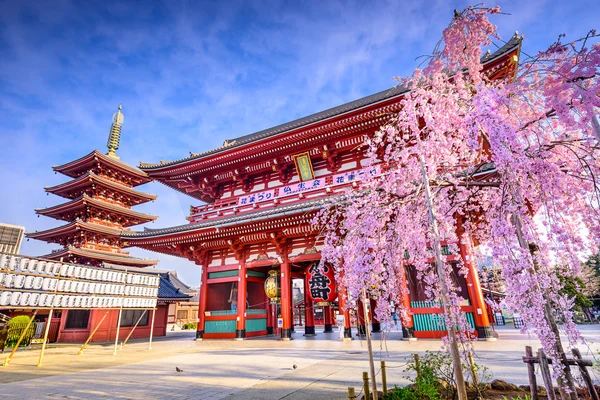
Tokyo isn’t one city but a collection of distinct villages, each with its own personality and specialty. Harajuku serves up youth culture and colorful fashion, while Asakusa preserves traditional Japan with ancient temples and artisan shops. Shinjuku pulses with neon-lit nightlife and skyscrapers — but Ueno offers peaceful parks and world-class museums.
Spend at least half a day in 3–4 different areas to get a true taste of Tokyo’s diversity, since each neighborhood feels like visiting a completely different city, all connected by that amazing train system.
Respect Temple and Shrine Etiquette
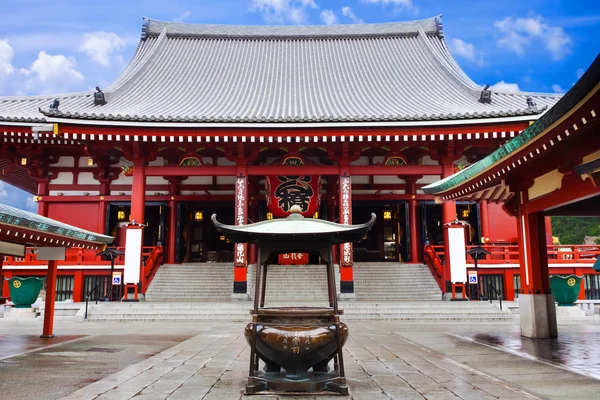
Japanese temples and shrines aren’t museums — they’re active religious sites where people come to pray and find peace. Bow before entering shrine gates, wash your hands and mouth at the purification fountain, plus keep your voice low.
Photography is usually allowed in outdoor areas but forbidden inside temple buildings. When you see people clapping twice and bowing at shrines, they’re performing traditional prayers, so give them space. These sacred spaces offer a quiet refuge from Tokyo’s intensity, yet only if everyone respects the atmosphere.
Try Standing Sushi Bars

Standing sushi bars, or ‘tachigui sushi’, offer incredible fish at prices that won’t demolish your travel budget. These casual spots serve the same quality fish as expensive sit-down restaurants but without the fancy atmosphere or formal service.
You can get excellent sushi for $20–$30 per person, compared to $100+ at high-end establishments. The chefs work right in front of you, often explaining each piece of fish in broken English, though don’t be intimidated by the lack of chairs since these places encourage quick, delicious meals rather than lengthy dining experiences.
Like Travel Pug’s content? Follow us on MSN.
Pack Light and Smart
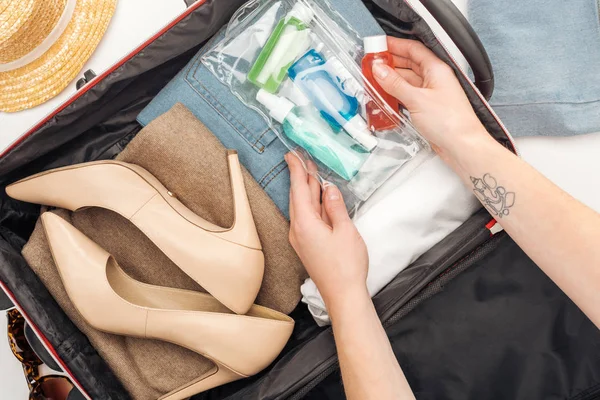
Tokyo’s train stations have more stairs than a medieval castle. Elevators are rare during rush hours. Pack one versatile bag you can easily carry up and down multiple flights of stairs, while coin lockers are available at major stations if you need to store luggage while exploring.
They fill up quickly during peak tourist seasons though. Comfortable walking shoes are essential because you’ll cover miles each day, often on uneven surfaces, so leave room in your suitcase for souvenirs since Tokyo’s shopping scene will tempt you at every corner.
Use Hyperdia for Train Planning
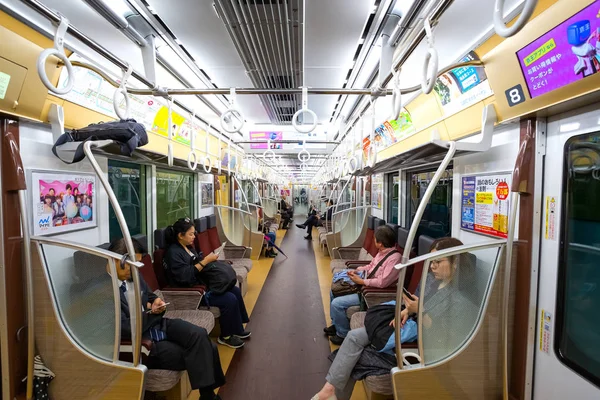
Hyperdia is the ultimate train app that turns Tokyo’s complex rail system into simple step-by-step directions. Input your starting point and destination, and it calculates the fastest route, including which car to board for the quickest exit at your destination station.
The app works offline and includes real-time delay information, which rarely happens but helps when it does. Google Maps works too, yet Hyperdia provides more detailed information about platform numbers and train car positions, so download it before you arrive and spend a few minutes learning the interface.
Discover Depachika Food Courts
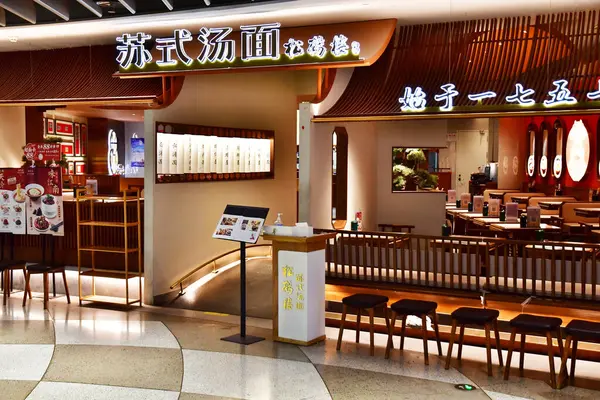
Depachika are the basement food courts of department stores, and they’re like stepping into a wonderland of perfectly crafted food samples and gourmet ingredients. These aren’t your typical mall food courts but rather high-end specialty foods, artisan chocolates, and bento boxes that look like edible art.
Staff offer constant free samples, so you can taste before buying everything from wagyu beef to exotic fruits. Visit in the evening when many items go on sale, though arrive early because the best stuff disappears fast.
Like Travel Pug’s content? Follow us on MSN.
Embrace the Vending Machine Culture
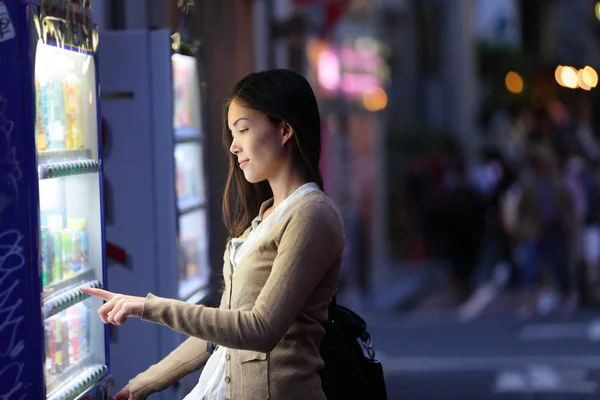
Japan has more vending machines per capita than any country on earth, and they sell everything from hot coffee to fresh eggs to vintage magazines. These machines accept coins and small bills, making them perfect for quick purchases when you’re loaded down with cash.
Hot drinks come out actually hot, cold drinks are properly chilled, plus everything is reasonably priced. Some machines even sell hot food like ramen and pizza, though the quality varies wildly, so think of them as 24/7 convenience stores condensed into a single machine.
Plan for Language Barriers
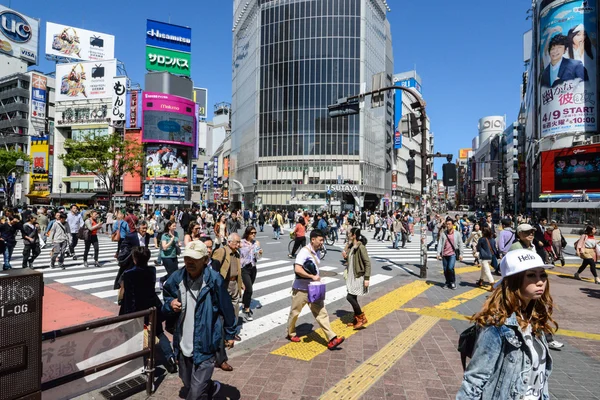
Most Tokyo residents speak limited English, yet they’re incredibly patient and helpful when you’re clearly lost or confused. Learn basic phrases like ‘arigatou gozaimasu’ (thank you), ‘sumimasen’ (excuse me), and ‘eigo dekimasu ka’ (do you speak English).
Pointing at maps, using translation apps, and drawing simple pictures can bridge most communication gaps, while many signs in central Tokyo include English, though suburban areas rely heavily on Japanese text. Don’t let the language barrier intimidate you since Japanese hospitality makes up for any communication challenges.
Tokyo’s Timeless Appeal
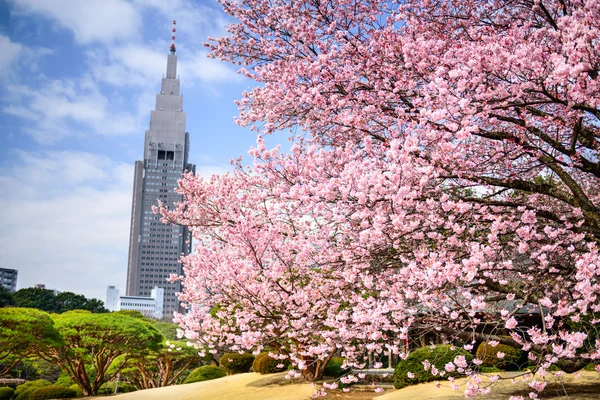
This city has mastered the art of honoring its past while embracing an uncertain future, creating a place where 400-year-old temples coexist peacefully with robot restaurants and digital billboards. The same attention to detail that built ancient tea ceremonies now creates bullet trains that arrive within seconds of their scheduled time.
Tokyo’s magic lies not in its individual attractions but in how seamlessly it blends tradition with innovation, creating experiences you simply can’t find anywhere else. Every visitor leaves with their own unique Tokyo story, shaped by unexpected discoveries and small moments of connection across cultural boundaries.
Like Travel Pug’s content? Follow us on MSN.
More from Travel Pug

- 20 Best Beach Towns in the Carolinas
- 13 Destinations Where Tourists Regularly Regret Their Trip
- 20 Things You Actually Get in First Class
- 20 Small Airports With Aviation Museums
- 20 Places in the U.S. That Are Perfect for a Reset Trip
Like Travel Pug’s content? Follow us on MSN.
